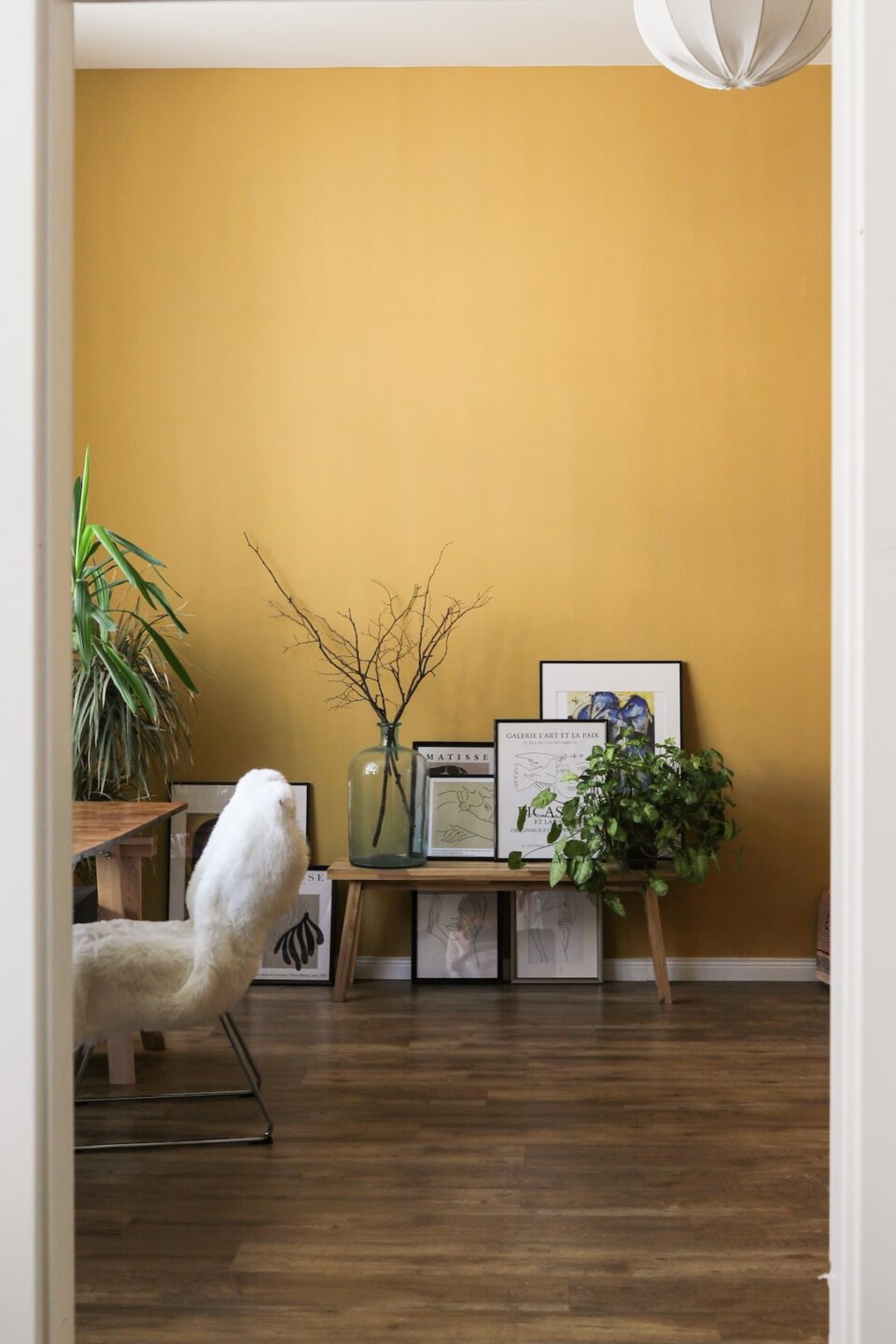Designing an Engaging User Experience: Tips and Tricks for Home Designing
A seamless and engaging user experience is the crux of any successful design project, especially when it comes to the field of home designing. Creating an intuitive and visually pleasing user interface can significantly enhance the overall user experience, making it a memorable and enjoyable journey. In this article, we will delve into some valuable tips and tricks that can help designers create a compelling user experience in the realm of home designing.
1. Understand your users’ needs: The first step in designing an engaging user experience is to understand the needs and preferences of your target audience. Conduct user research, analyze their behavior patterns, and gather insights to build a design that caters to their specific requirements. This will help you create a user-centric design that resonates with your audience.
2. Keep it simple and intuitive: Simplicity is key when it comes to user experience. Avoid cluttering your design with unnecessary elements or complex navigations. A clean and intuitive user interface ensures that users can easily navigate through the platform, find relevant information effortlessly, and accomplish their goals hassle-free.
3. Visual storytelling: Leverage the power of visual storytelling to create a captivating user experience. Use high-quality images, videos, and interactive elements to engage users and help them envision their dream homes. The use of immersive experiences such as virtual reality or augmented reality can enhance the user experience even further, allowing users to virtually explore their home designs.
4. Personalization options: Home designing is a deeply personal process, and users value the ability to personalize their spaces. Incorporate interactive features that allow users to customize the design elements according to their preferences. For example, providing options to change colors, furniture arrangements, or materials can give users a sense of ownership and emotional connection to the design.
5. Responsive design: In today’s mobile-driven world, responsive design is essential for an optimal user experience. Ensure that your design is accessible across various devices and screen sizes. A mobile-friendly layout not only improves user satisfaction but also boosts your website’s search engine rankings.
6. Seamless navigation: Effective navigation plays a crucial role in guiding users through the design process. Keep the navigation simple and logical, with clear signposts and visible calls-to-action. Users should be able to move from one section to another effortlessly, without feeling disoriented or lost.
7. Feedback and iterative design: Feedback plays a significant role in refining the user experience. Provide users with opportunities to share their thoughts, suggestions, and concerns. Actively listen to their feedback and use it to iterate and improve your design. Regularly test your designs with real users to identify pain points and make necessary adjustments.
In conclusion, creating an engaging user experience in the field of home designing requires careful consideration of user needs, simplicity, visual storytelling, personalization, responsive design, seamless navigation, and feedback. By adhering to these tips and tricks, designers can build a platform that resonates with users, enhances their journey, and ultimately leads to successful home designs.

